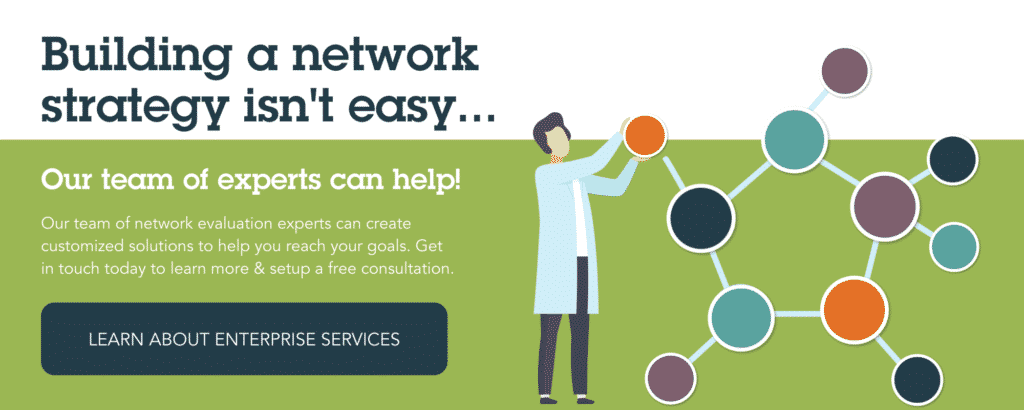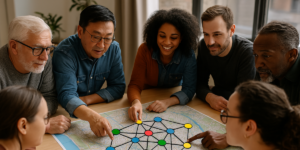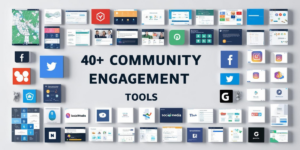Partnerships for Recovery Across The Sectors (PRACTIS) Toolkit

This toolkit demonstrates how to use the PARTNER platform for coordinating and assessing recovery networks. Based on a partnership between VNL, RAND, and the NY State Health Department, the use case is focused on response networks after Hurricane Sandy.
The RAND Corporation, in partnership with DOHMH; the University of Colorado—Denver; and the University of California, Los Angeles, conducted a study of C2RP and its partners to show how partnerships help government agencies, and particularly public health entities, support more efficient and effective recovery. This toolkit leverages the lessons learned from that study and translates them into actionable guidance for local health departments (LHDs). The toolkit was developed with funding from the U.S. Department of Health and Human Services Assistant Secretary of Preparedness and Response.
Study Overview: Organizational partnerships have been studied for decades in the health care and public health arenas. It has been found that health care, public health, and social service organizations with more partnerships that act as important points of information transfer and flow typically have more effective service delivery outcomes than less connected organizations. The role of interorganizational networks in disaster preparedness, response, and recovery has been less studied; however, a recent retrospective study of the events of September 11, 2001, suggests that well-connected networks between government and the public and private sectors could play an important role in effective response and recovery (Kapacu, 2005).
A comprehensive literature review also underscored the importance of these partnerships as a key component of community resilience (Chandra et al., 2011). Such recent U.S. strategies as the National Health Security Strategy and the National Disaster Recovery Framework have further emphasized the importance of engaging organizations, especially nongovernmental organizations. However, while there are numerous toolkits and practice guidelines to suggest how community-based organizations (CBOs) and governmental agencies can collaborate for general health issues, as well as some specific to disaster preparedness, response, and recovery, there is little evidence to support these practices.
Hurricane Sandy highlighted the invaluable role of CBOs. Because of preexisting networks facilitated by the New York City Department of Health and Mental Hygiene (DOHMH), Hurricane Sandy provided an opportunity to develop an evidence-based model of the role of interorganizational collaboration in an emergency. Prior to Hurricane Sandy, the DOHMH Office of Emergency Preparedness and Response had convened a Community Resilience and Recovery Planning (C2RP) committee of 20 organizations that were networked to a larger group of almost 1,000 organizations that provide services to vulnerable populations with the mission to increase the capacity of New York City neighborhoods to prepare for, mitigate, respond to, and recover from public health emergencies.
This group was convened after an organizational survey revealed that C2RP members viewed improved partnerships with public health and emergency management as a priority to improve their organizations’ abilities to respond or provide services to their populations during an emergency. During Hurricane Sandy, C2RP and its broader 2 network of organizational partners provided essential response services for vulnerable populations, including supporting special needs medical shelters and restoration centers and providing physical and mental health care. C2RP and its organizational network are still involved in ongoing recovery efforts.





